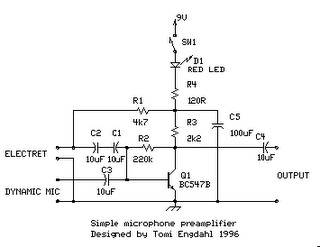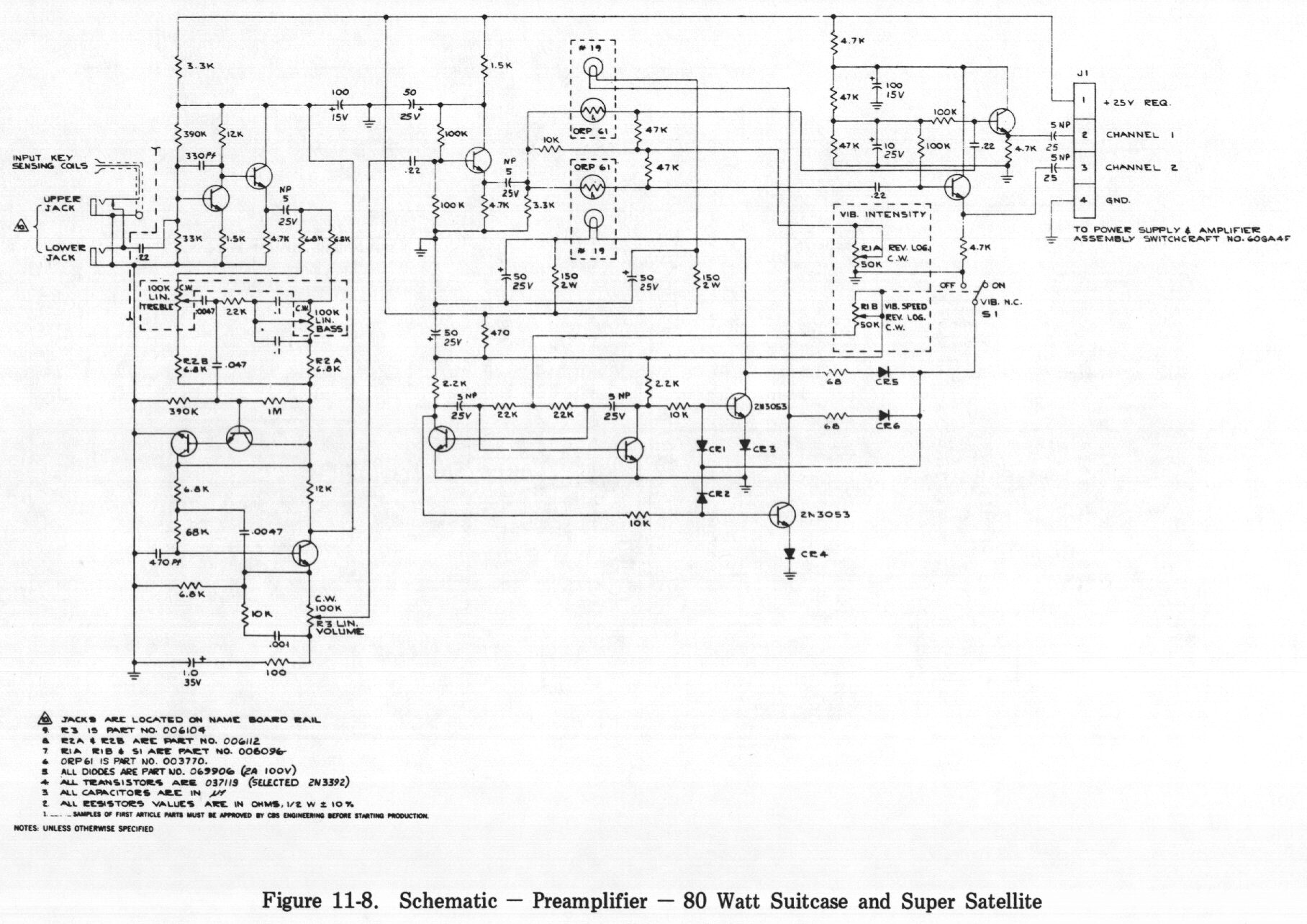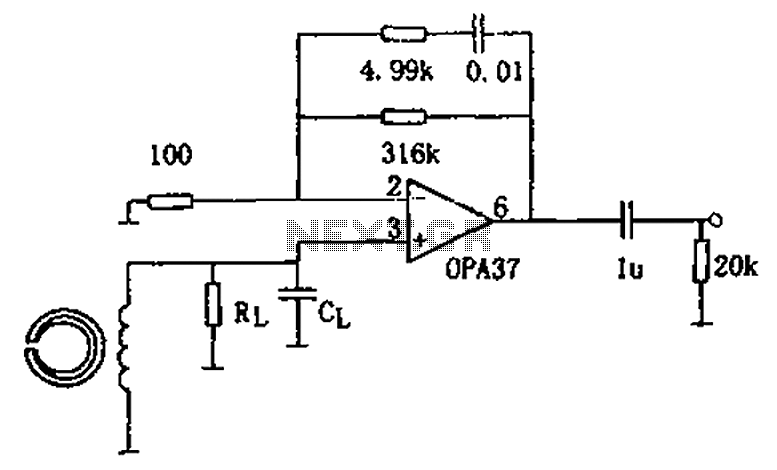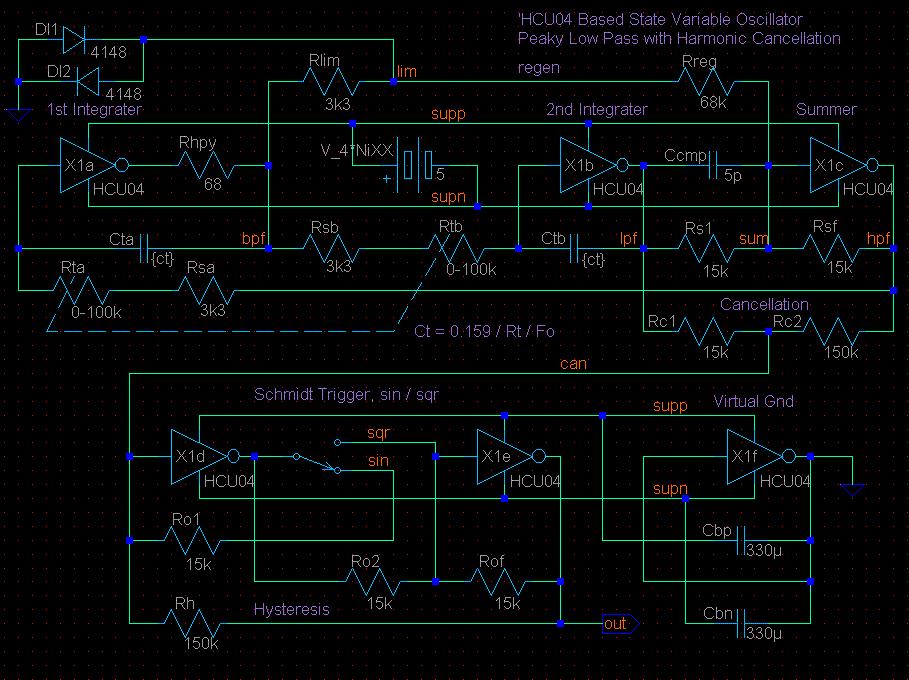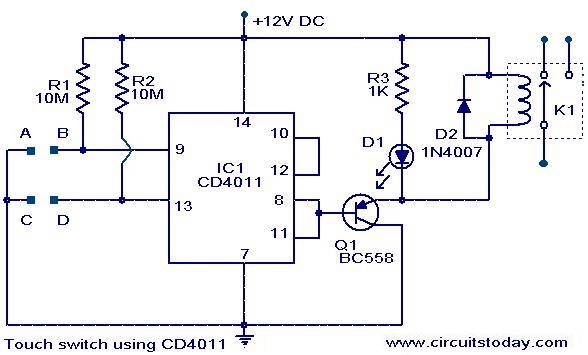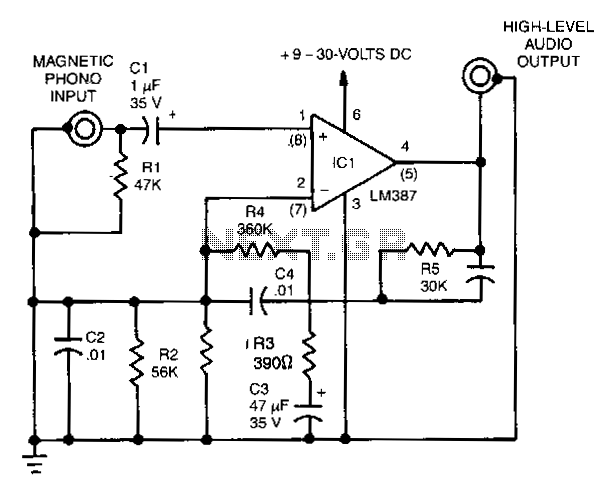
Bootstrap Buffer Based Preamp
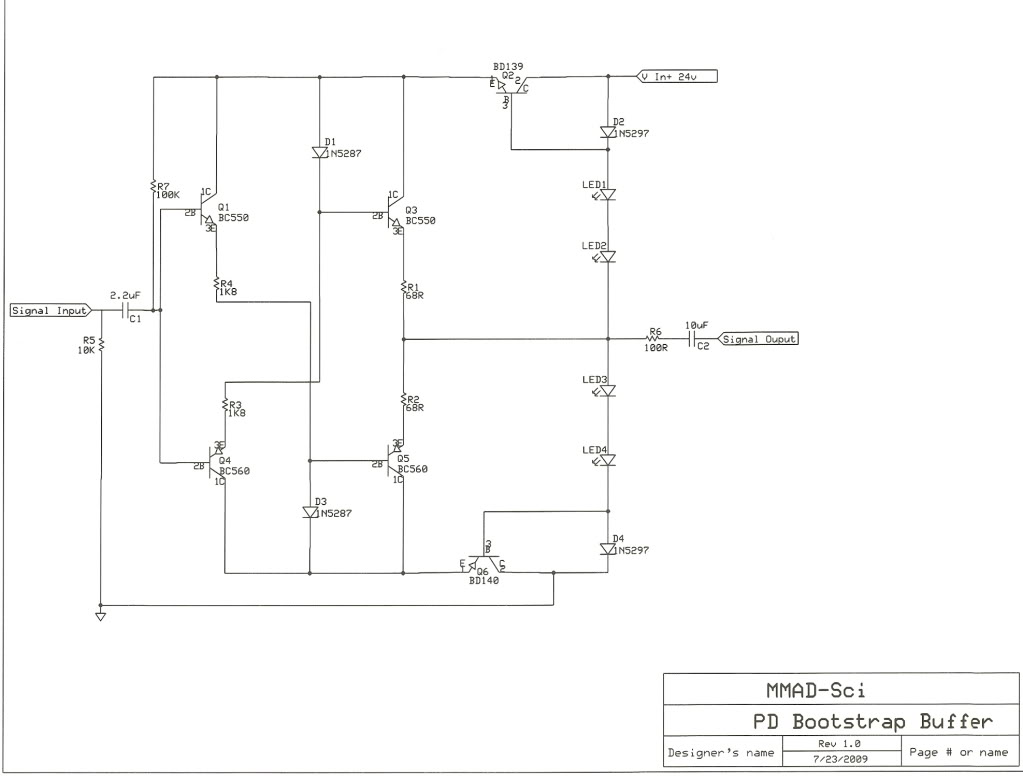
Various circuit variations have been explored, including a standalone preamp, headphone amplifier, replacements for the 321/729 circuits, and a potential active crossover, depending on demand. There has been significant interest in these designs, and the bootstrap buffer preamp is functioning well for now. The same circuit board is also suitable for use as a headphone amplifier, which will be tested next week. These circuits differ significantly in design philosophy and application. The Starfish circuit aligns with the Naim design ethos, offering substantial bass, drive, and pace, but it may impart its own sonic signature. This circuit is based on optimizing the classic Naim 321 and 729 designs, necessitating a complex grounding scheme and multiple local regulators for power supply-sensitive circuits. Consequently, it has a large and relatively expensive bill of materials (BOM) and presents a complex build. In contrast, the Bootstrap circuit adopts a minimalist design approach, utilizing fewer components in the signal path, symmetrical power rails, and minimizing ground points. This results in a smaller BOM, simpler construction, and cost-effectiveness. Initial listening tests indicate a cleaner sound with very low noise and distortion, providing a more truthful representation of the source material with exceptional staging and detail retrieval. It is anticipated that both circuits will be utilized in different systems: the Starfish for larger setups (active Briks) and primarily for rock and large orchestral music, while the Bootstrap will be used in smaller systems where space and precision are prioritized, particularly for blues, jazz, and acoustic genres. It is concluded that no single system can satisfy all preferences or effectively reproduce all types of material.
The described circuits, the Starfish and the Bootstrap, represent two distinct approaches to audio amplification, each tailored to different listening environments and musical genres. The Starfish circuit, inspired by the Naim 321 and 729 designs, incorporates a sophisticated grounding scheme and multiple local voltage regulators. This complexity is intended to enhance performance in larger audio systems, particularly those requiring robust bass response and dynamic range. The design philosophy emphasizes the importance of power supply integrity, which is critical in high-performance audio applications. The circuit's use of a larger BOM indicates the need for higher quality components, which may include low-noise transistors, high-grade capacitors, and precision resistors.
In contrast, the Bootstrap circuit exemplifies a minimalist design ethos, focusing on simplicity and efficiency. This approach minimizes the number of components in the signal path, which can lead to lower distortion and noise levels. The symmetrical power rail design is particularly advantageous in maintaining balance and reducing potential interference in the audio signal. The emphasis on minimizing ground points aids in achieving a cleaner signal, making it suitable for smaller systems where space is limited and precision is critical.
Both circuits are designed to cater to different listening preferences and environments. The Starfish is likely to excel in larger systems where the demand for power and dynamic range is high, making it suitable for genres that benefit from a strong bass presence. The Bootstrap, with its cleaner and more precise sound, is better suited for intimate listening experiences and genres that require clarity and detail.
Overall, the choice between these circuits will depend on the specific requirements of the audio system and the musical genres being played. Each circuit offers unique advantages that can enhance the listening experience, demonstrating that there is no one-size-fits-all solution in audio amplification.I have been playing with a number of variations of the circuit as a free standing preamp, headphone amp, 321/729 replacements and as a potential active crossover, any and all of which may happen if there is demand. There has been strong interest in all of the threads and my bootstrap buffer preamp is up and running nicely - and for the moment it`s
staying. The same board should also be very handy as a headphone amp - & I`ll be trying that next week. They are different animals in so many different ways and come from completely different design philosophies. . and these are only my own observations and conclusions - so Jiim & PD feel free to chip in. please! The starfish is definitely and very firmly in the Naim mold. and I love it for many things. lots of bass, drive and pace it really rocks. , but I can`t help feeling that it`s adding it`s own signature to the sound. It`s obviously based on maximizing the potential of the classic Naim 321 and 729 circuits and that means sorting a complex grounding scheme and multiple local regulators for power supply sensitive circuits.
Accordingly it has a large and somewhat expensive BOM and is a fairly complex build. The Bootstrap on the other hand is so much simpler and follows a minimalist design approach with as few components as possible in the signal path - it also uses symmetrical power rails and minimizes ground points in the signal path. So the BOM is smaller, the build easier and much more economical - I`ll post a BOM in the next day or so.
The result in the early listening is a cleaner sound with incredibly low noise and distortion, and I believe a much more truthful and honest presentation of the source material with uncanny staging and detail retrieval. It`s my expectation that I`ll end up using both, the Starfish in a larger system (active Briks. ) and mainly for rock & large scale orchestral music, the Boostrap in a smaller system where I`m looking for more space and precision, blues, jazz and acoustic programme material.
I guess that one of my conclusions is that just as no one system will please everyone, no one system is best for reproducing all types of material - at least not for my ears. 🔗 External reference
The described circuits, the Starfish and the Bootstrap, represent two distinct approaches to audio amplification, each tailored to different listening environments and musical genres. The Starfish circuit, inspired by the Naim 321 and 729 designs, incorporates a sophisticated grounding scheme and multiple local voltage regulators. This complexity is intended to enhance performance in larger audio systems, particularly those requiring robust bass response and dynamic range. The design philosophy emphasizes the importance of power supply integrity, which is critical in high-performance audio applications. The circuit's use of a larger BOM indicates the need for higher quality components, which may include low-noise transistors, high-grade capacitors, and precision resistors.
In contrast, the Bootstrap circuit exemplifies a minimalist design ethos, focusing on simplicity and efficiency. This approach minimizes the number of components in the signal path, which can lead to lower distortion and noise levels. The symmetrical power rail design is particularly advantageous in maintaining balance and reducing potential interference in the audio signal. The emphasis on minimizing ground points aids in achieving a cleaner signal, making it suitable for smaller systems where space is limited and precision is critical.
Both circuits are designed to cater to different listening preferences and environments. The Starfish is likely to excel in larger systems where the demand for power and dynamic range is high, making it suitable for genres that benefit from a strong bass presence. The Bootstrap, with its cleaner and more precise sound, is better suited for intimate listening experiences and genres that require clarity and detail.
Overall, the choice between these circuits will depend on the specific requirements of the audio system and the musical genres being played. Each circuit offers unique advantages that can enhance the listening experience, demonstrating that there is no one-size-fits-all solution in audio amplification.I have been playing with a number of variations of the circuit as a free standing preamp, headphone amp, 321/729 replacements and as a potential active crossover, any and all of which may happen if there is demand. There has been strong interest in all of the threads and my bootstrap buffer preamp is up and running nicely - and for the moment it`s
staying. The same board should also be very handy as a headphone amp - & I`ll be trying that next week. They are different animals in so many different ways and come from completely different design philosophies. . and these are only my own observations and conclusions - so Jiim & PD feel free to chip in. please! The starfish is definitely and very firmly in the Naim mold. and I love it for many things. lots of bass, drive and pace it really rocks. , but I can`t help feeling that it`s adding it`s own signature to the sound. It`s obviously based on maximizing the potential of the classic Naim 321 and 729 circuits and that means sorting a complex grounding scheme and multiple local regulators for power supply sensitive circuits.
Accordingly it has a large and somewhat expensive BOM and is a fairly complex build. The Bootstrap on the other hand is so much simpler and follows a minimalist design approach with as few components as possible in the signal path - it also uses symmetrical power rails and minimizes ground points in the signal path. So the BOM is smaller, the build easier and much more economical - I`ll post a BOM in the next day or so.
The result in the early listening is a cleaner sound with incredibly low noise and distortion, and I believe a much more truthful and honest presentation of the source material with uncanny staging and detail retrieval. It`s my expectation that I`ll end up using both, the Starfish in a larger system (active Briks. ) and mainly for rock & large scale orchestral music, the Boostrap in a smaller system where I`m looking for more space and precision, blues, jazz and acoustic programme material.
I guess that one of my conclusions is that just as no one system will please everyone, no one system is best for reproducing all types of material - at least not for my ears. 🔗 External reference
